Should we visit Athens? Part 6 – Greek Islands
Introduction
This post considers the question: “Can we experience authentic Greek villages, culture and architecture in the Greek Islands?” This post is Part 6 of our series called “Should we visit Athens” which can be found here.
Perhaps we should spend more time in Athens? Is there an easily accessible town on the mainland that will meet our expectations? We know one thing – we don’t wish to be swamped by tourists!
These questions are challenging.
There are over 6,000 Greek Islands with more than 220 inhabited. How do we arrive at a short list? Websites promoting the Greek Islands prioritise:
- Beaches: sunbaking on clear white sandy beaches; beautiful clear blue water; beaches suitable for families, secluded beaches suitable for “natural bathing” etc.
- Food: seaside tavernas – fresh seafood
- Hiking and walking: casual and serious, for nature lovers
- Architecture: The white-washed exteriors and blue domes of homes found in the Cyclades group; medieval and Venetian architecture; ancient ruins
- Charming villages: Car-free villages
- Beautiful scenes: sunrises and sunsets
- The Best Nightlife: drinking, dancing, eating, and socialising long into the night
- Kiteboarding and windsurfing: the pre-requisites are to be young and fit
It’s easy to imagine why the Greek Islands are such a huge magnet to holidaymakers from places such as the UK and land-locked parts of Europe; and to the younger generations.
But what will convince a couple of seniors from Australia – who live five minutes from great beaches and wonderful seafood – to not only visit a Greek Islands but select the right one to visit?
So, what are we looking for?
- An authentic Greek village or two. If not, then certainly some typical small-town squares.
- Unique Greek architecture
- Good food
- Good scenery
- Maximum of five hours from Athens
- No tourists! (well, you know what I mean)
I don’t think we’ll be devastated if we don’t go to a Greek Island, but we will be disappointed if we don’t experience traditional Greek life outside Athens. We’ve been madly discussing this dilemma since my last post. As a result, we’ve decided to explore the following five possibilities:
- Syros (Cyclades)
- Crete (Aegean)
- Sifnos (Cyclades)
- Hydra (Saronic)
- Corfu (Ionian)
A summary of each of these Greek Islands is provided below. References are also identified.
Summary of selected Greek Islands
Syros (Cyclades Group)
Syros is an island in the Cyclades group of Greek islands in the Aegean Sea. The capital of Syros and the administrative centre of the Cyclades group is Ermoupoli. It is a larger cosmopolitan town with over 21,000 residents. Key aspects include:
- Unique architecture (combination of Venetian and Cycladic)
- Good food
- More than a handful of villages to visit
- Plenty of beaches (Galissas, Megas Gialos, Kini & Poseidonia)
- To/From: Good ferry services with connections to other island groups. Times from Piraeus (Athens): 4 hours (normal); around 2.5 hours by high speed. Flights to Athens international airport (duration .5 hours).
This island meets our needs in terms of architecture, good food and villages.
Crete (Aegean Sea)
Chania (population 108, 500) is the second largest city of Crete and the capital of the Chania region. It lies on the north side of the island of Crete, which is the largest and most populous of the Greek Islands. Key aspects include:
- Fascinating Old Town with interesting architecture (Venetian and Ottoman)
- Interesting history (Byzantine & Arab era, Venetian era, Ottoman era & Modern era)
- Wide variety of good food
- Good selection of sandy beaches
- To/From Overnight ferry trip from Piraeus (9 hours normal) and high speed (6 hours). Flights to Heathrow from Chania.
Chania is attractive to us because of its different architecture, The Old Town, varied and long history, variety of good food, access to good beach scenery, and flights to London.
Sifnos (Cyclades Group)
Sifnos is an island municipality in the Cyclades island group, with a population of 2,625. The main port and ferry terminus is Kamares, and three other villages are important: Apollonia, Kastro, and Artemonas. It is quite different to the islands of Syros and Crete summarised above. Its key features include:
- Classic Cycladic architecture of White houses with blue doors and window frames, and paved paths.
- Family-friendly sandy beaches and clear blue water
- Excellent Cycladic food
- Fine pottery
- To/From: No airport; around three-hour ferry trip with less for high-speed
Sifnos is a small family-friendly holiday destination with plenty of good beaches and fine food. Being a relatively small island, it does not offer the diversity of the larger islands.
Hydra (Saronic Group)
Hydra is the most impressive island within the Saronic group located in the Aegean Sea. The main town is Hydra Town whose population is 1,900! During the peak season, it is a holiday destination for mainland locals. Transport around the island is provided by horses, mules, and water taxis. Local laws ban cars and motorcycles. Its key features include:
- Hydra Town is an impressive and unique town built around a crescent-shaped natural harbour. Motorised vehicles are banned on the island.
- Contains striking stone mansions separated by steep narrow stone steps leading upwards and outwards from the harbour. Accommodation can be found in converted stone mansions.
- Good restaurants, markets, shops, and galleries surround the harbour
- Cozy beaches accessed by water taxi or by walking.
- To/From: Only two hours by ferry from Athens.
Hydra Town is a quiet unique place to spend a couple of relaxing days.
Corfu (Ionian Group)
Corfu is the second largest island in the Ionian group to the northwest of Greece. The main city of the Corfu regional Unit (incl. Corfu, Ereikoussa, Mathraki, ad Othonoi) is Corfu Town. The population of this region is over 32,000. Key aspects include:
- Corfu Town’s architecture reflects the periods of Venetian, French and British occupation. Often said to be more like an Italian city (e.g. Naples) it is an impressive European city.
- Such is the size and significance of Corfu that greeka.com suggests an itinerary for three days of excursions (Corfu Town, museums, fortresses, villages etc).
- Corfu caters for most types of tourists: families, couples, groups; beach lovers, history buffs and architecture lovers etc.
- To/From Hour-long flights from Athens to Corfu several times a day; and daily flights to/from the UK. Regular ferry trips to/from Igoumenitsa on the mainland.
Corfu strikes me as a big place and, as such, a holiday destination of its own. By that I mean – would you go to Athens and Corfu?
References
Mr Google will offer many results when you search for “Greek Islands”. However, I think the three websites listed below provide a good starting point for your research. As mentioned earlier there are over 6,000 islands with over 220 occupied. How can you decide? Well, greeka.com summarises 62 islands and, as well, provides a questionnaire to help you filter your choice.
- http://www.greektravel.com/greekislands/
- http://www.greeka.com/greek-islands-guides.htm
- http://www.visitgreece.gr/en/greek_islands
Conclusion
It is extremely difficult to recommend a Greek Island as it is such a subjective assessment, based on individual priorities. Furthermore, you need to be clear about why you wish to visit a Greek Island.
This has been particularly difficult for us. For example, as I write this we have just returned from our local beach (a 10-minute walk). It is a white sandy beach just over two kilometres long with opportunities to sun-bake, swim, body surf, surf, and windsurf. Furthermore, there is a surf club at each end of the beach providing meals and entertainment. So, why would we want to go to the Greek Islands?
What we don’t have is Greek culture, history, and architecture. But once again, do we need to go to the Greek Islands to experience these things? Perhaps we can extend our time near Meteora, for example, at Trikala?
It takes time to visit these islands and time is money. Hence, I favour islands with an airport, preferably an international one; or alternatively an island close by like Hydra.
Decisions!
Next Post
It is time to look at some itineraries for our trip, accommodation options and associated costs. We are starting to get to the business end of this exercise.
Return to more travel planning articles
Return to all of our travel articles
Our eBook
As you will deduce from the promotion below, we did indeed go to Athens, and we produced an eBook about our trip!
Our eBook synopsis:
We discuss our six days in Athens in this eBook (13,200 words, 23 photographs). We had an additional day each for arrival and departure. Our Athens eBook is different from our previous eBooks in that we focus on observed cultural aspects rather than a day-by-day account of our activities. However, we do have a chapter that presents our schedule and activities.
Our impressions of Athens are drawn from the walking tours (over 16 hours) we joined and our experience of self-catering in a predominantly local neighbourhood.
Therefore, we have chapters that focus on our living experience, and our experiences related to our private food tour, neighbourhood tour, and the tours of the Acropolis Museum and Acropolis. Other topics we discuss relate to issues raised during our visit, such as Greece and the European Union and The Greek Economic Crisis.
Visits: 367

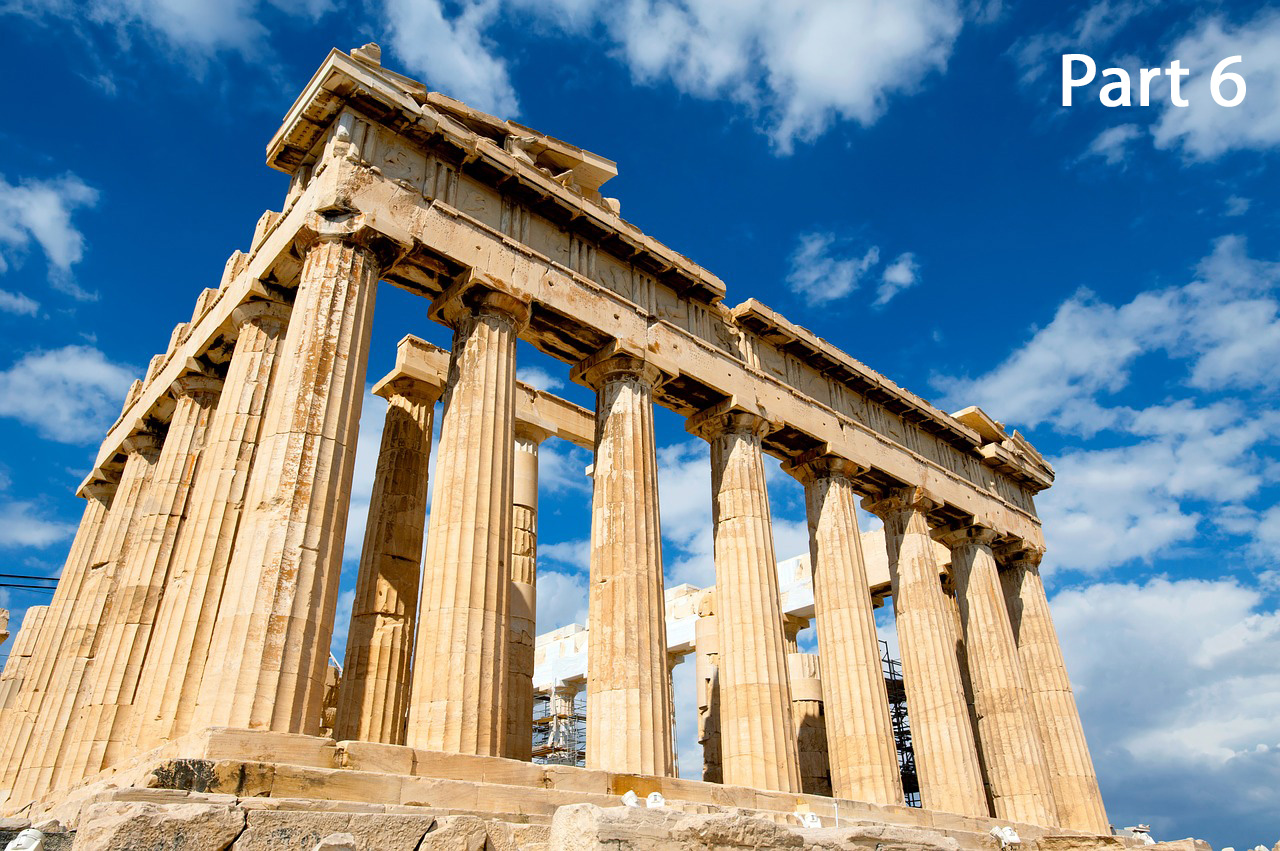
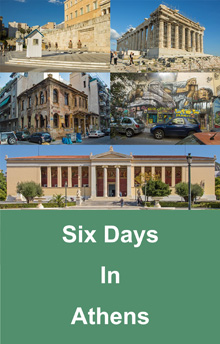 Amazon Links:
Amazon Links: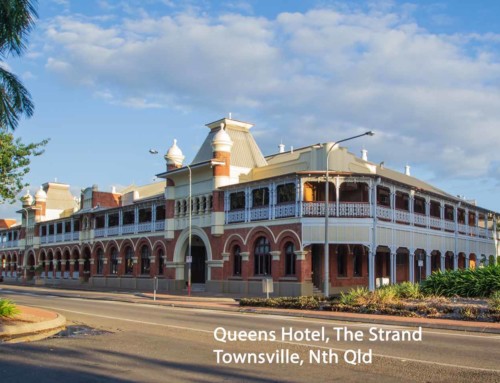
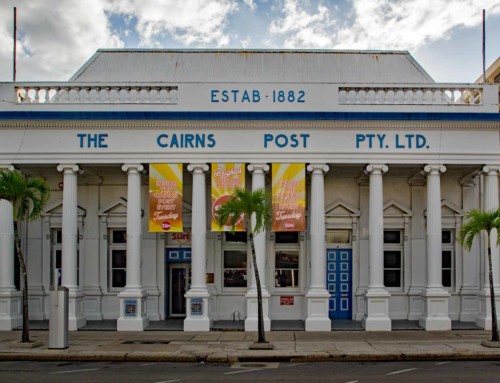
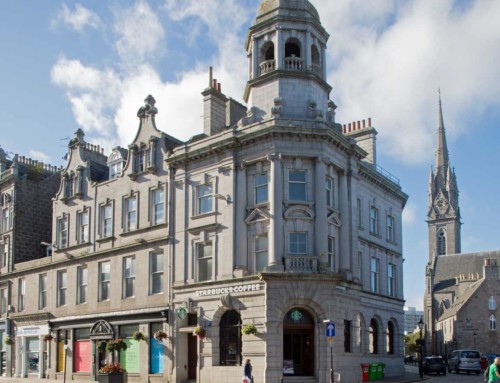
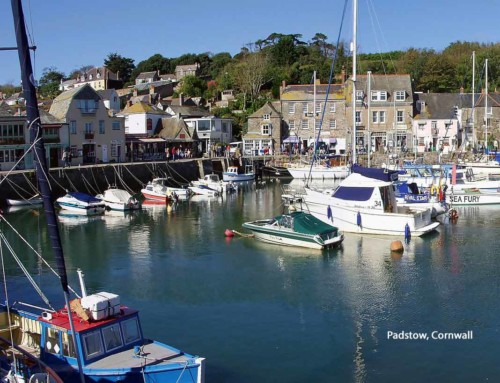
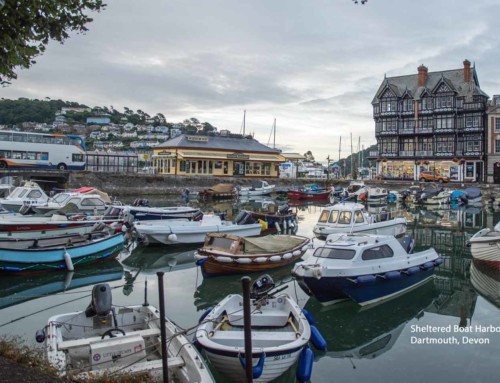

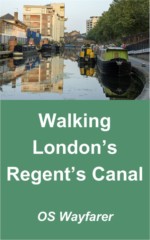
Leave A Comment